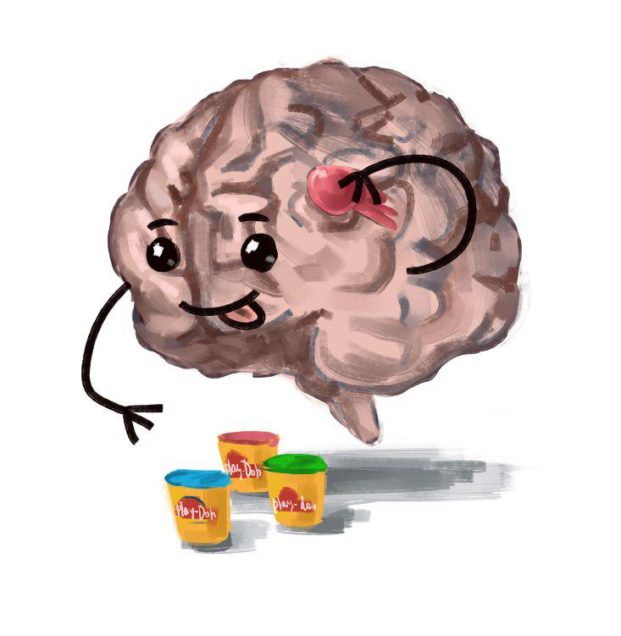How is the Brain Plastic?

For a long time, science has believe that the brain is “hard-wired” like a computer, suggesting that neuronal connections in the brain are completely fixed. However, when fMRI techniques were developed, scientists were able to view brain activity and the truth became clear that the brain is not static, but plastic. No, that doesn’t mean that the brain is literally made of plastic. What it does mean, though, is that our brains are malleable and able to change. The term “neuroplasticity” refers to the ability of the brain to reorganize its neuronal connections based on both external and internal stimuli, altering how we think and behave.
One way in which neuroplasticity affects our lives is by compensating for brain damage. If a brain region associated with a particular function is impaired, another brain region may take over that function. Strokes, injuries, birth abnormalities, PTSD, depression, and learning disabilities can be ameliorated thanks to the ability of the brain to reorganize itself. In addition to brain injury, neuroplasticity also plays a role in learning. If one becomes an expert in a specific skill, the corresponding brain regions associated with this skill may grow. One of the most common examples of this phenomenon occurs in the case of London taxi drivers. The hippocampus, partially involved in the formation of spatial representations of the environment, has been found to be larger among London taxi drivers samples. This is likely because their job requires them to navigate complex London streets. This kind of growth can be compared against the brains of London bus drivers, those who typically only need to follow a limited set of routes. Neuroplasticity can also play a role in other skills. The left parietal cortex, an area of the brain associated with language, is typically larger in those who are bilingual than in those who are monolingual. Another example of this would include musicians, whose motor regions, the anterior superior parietal areas and inferior temporal areas, have been observed to be larger than those of non-musicians.
Practicing mindfulness, meditation, doing aerobic exercise, learning a new instrument or language, and getting plenty of sleep are a few ways to increase your neuroplasticity. While it is true that your brain is much more plastic during your childhood and that plasticity declines with age, it is important to realize that even as you grow old, your brain always has the potential to change.
Writer: Nathaniel Meshberg
Editor: James Kunstle
Sources:
Neuroplasticity: The 10 Fundamentals of Rewiring Your Brain
Brain Plasticity: How learning changes your brain
How Do Neuroplasticity and Neurogenesis Rewire Your Brain?